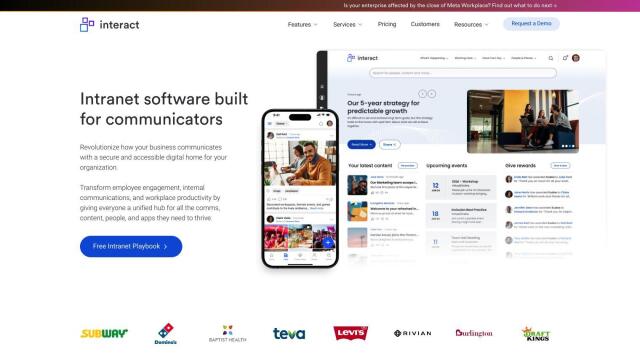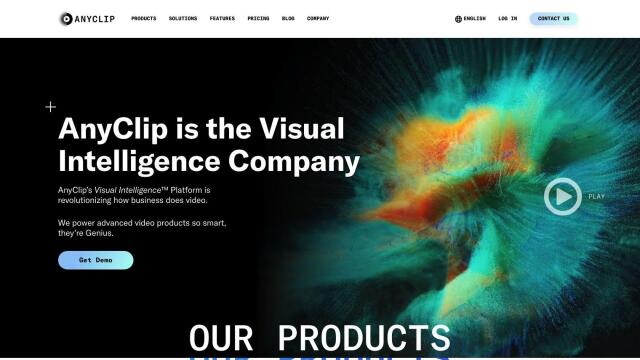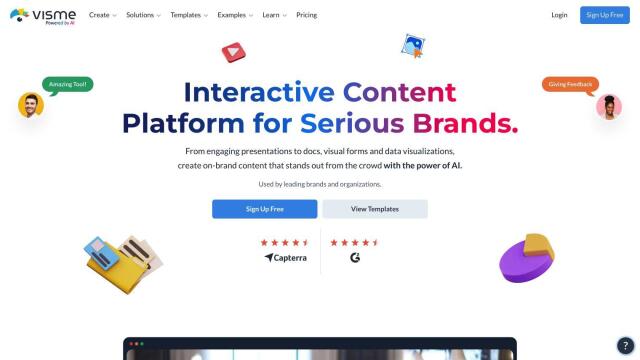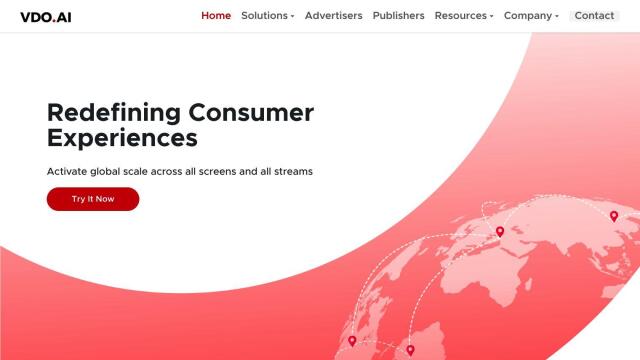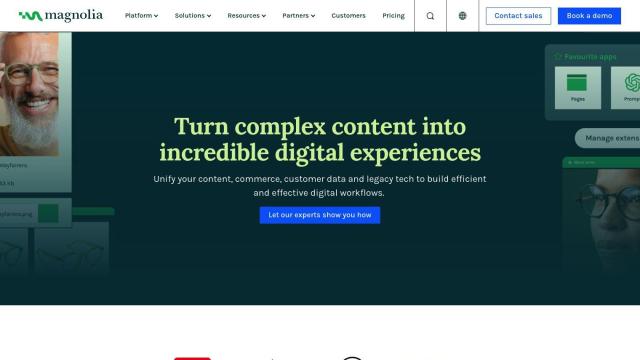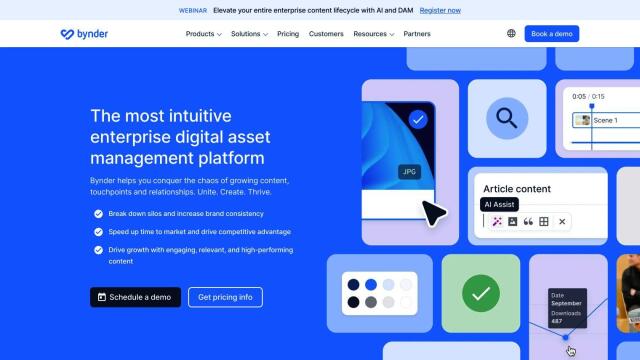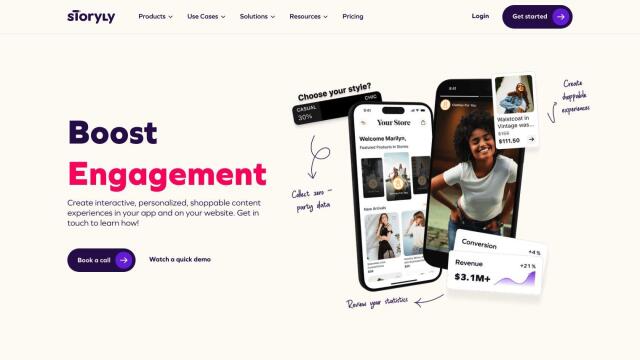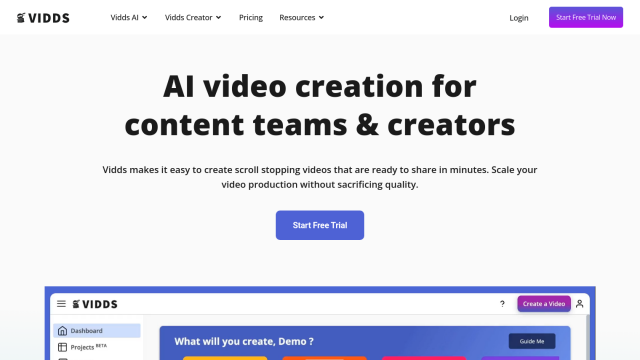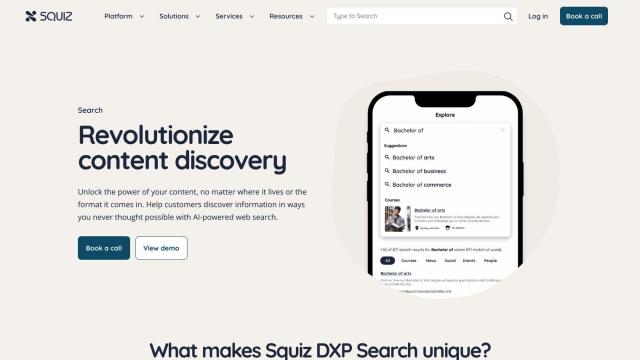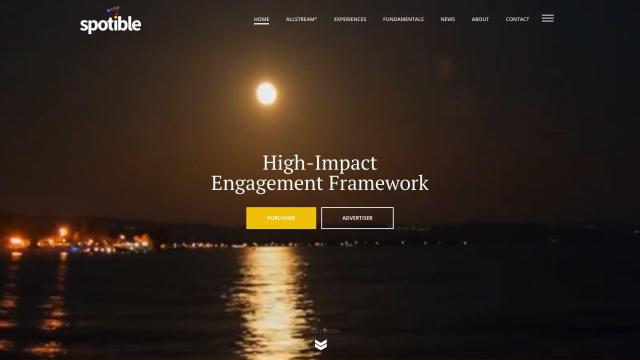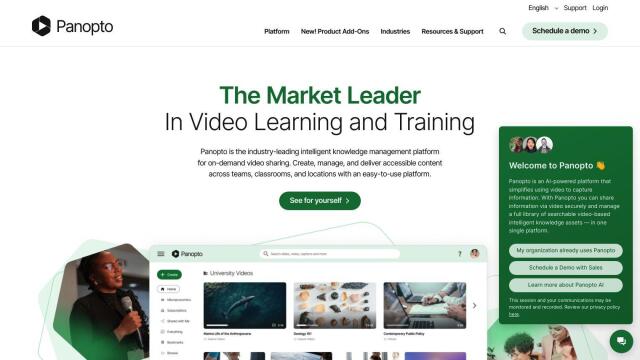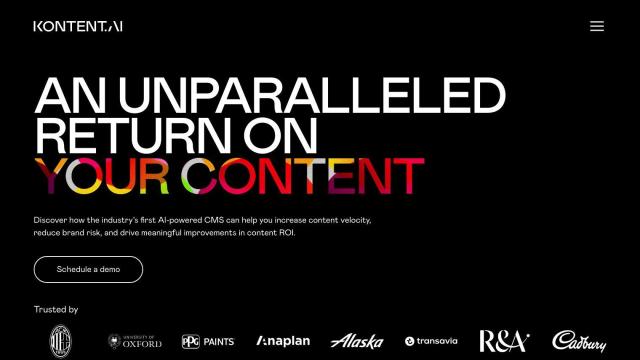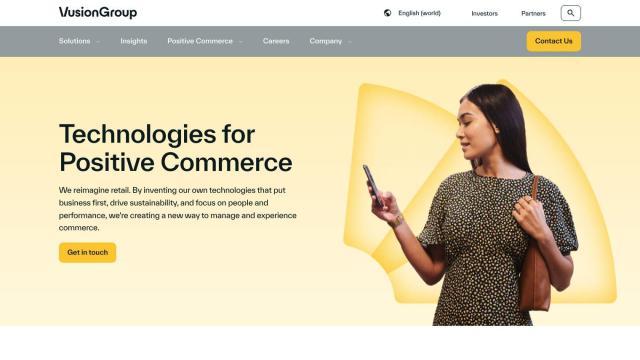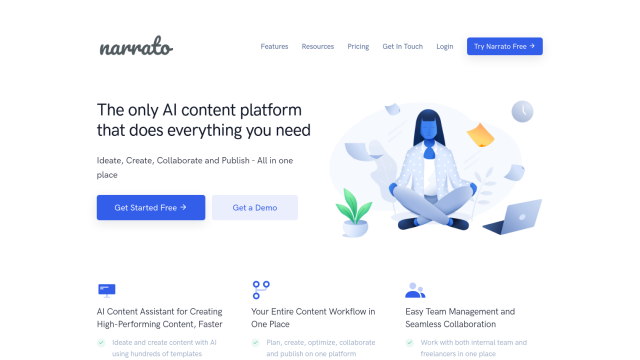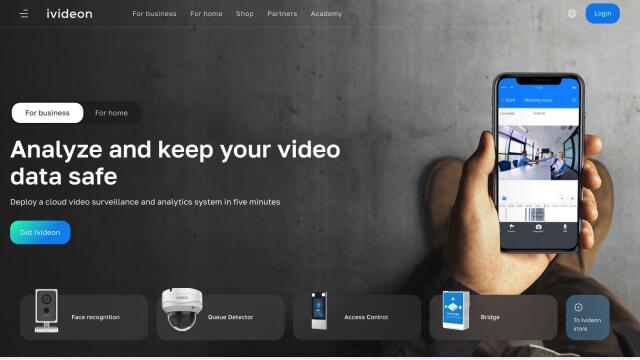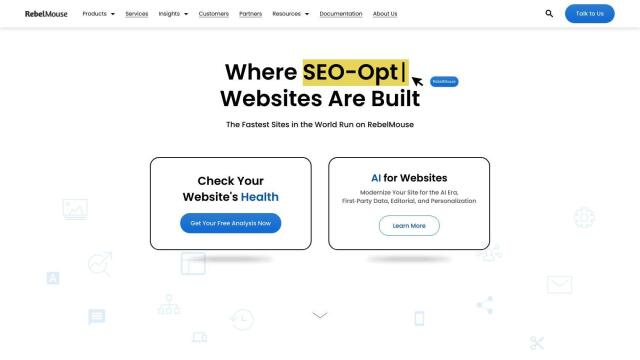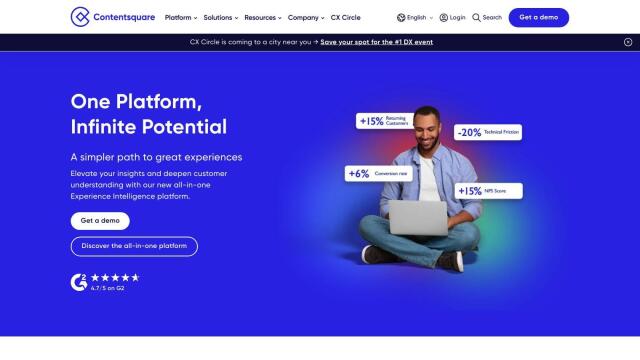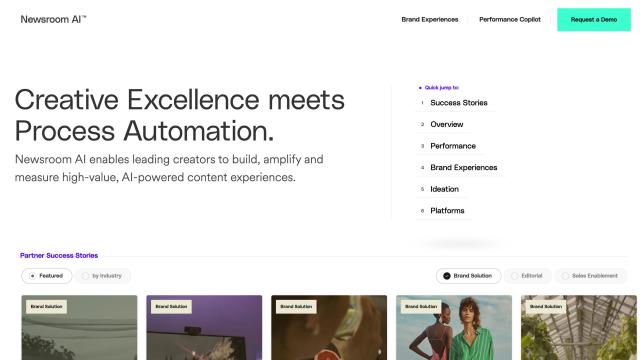Question: I need a digital signage system that can easily manage multiple screens and display different types of content.

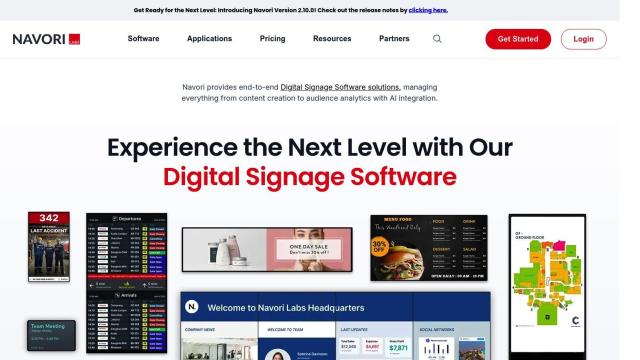
Navori
If you need a digital signage system that's good at handling lots of screens and lots of content, Navori is a good option. Navori's software is geared for a variety of industries, with features like enterprise-level content management, built-in data sources and AI-powered analytics for footfall and vehicle traffic counting. It's available in a variety of deployment models, along with different pricing tiers, so it can work for just about any business.


viewneo
Another good option is viewneo, a cloud-based digital signage system that can handle a variety of formats on a variety of screens. It's got an easy-to-use interface, scheduling for content and AI integration for more advanced experiences. With support for a wide range of hardware and software players for multiple operating systems, viewneo is adaptable and relatively inexpensive for companies of any size.

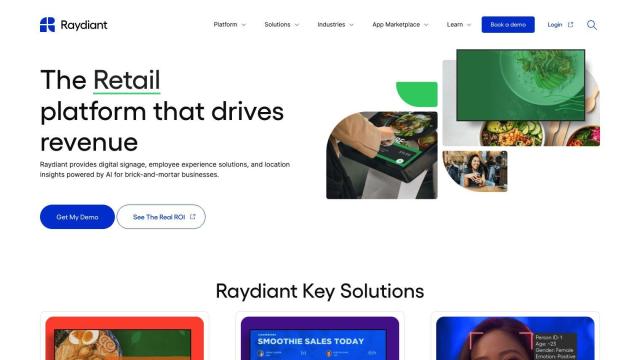
Raydiant
Raydiant is an experience platform that includes digital signage, self-service kiosks and programmatic advertising. Its interface is geared for real-time content management, and it integrates with common point-of-sale systems, so it's a good option for measuring the effect of content on revenue and customer satisfaction. Raydiant is highly scalable and has a range of tools for employee engagement, too, so it's a good option for companies that want to improve in-location experiences.


Intuiface
If you want to create interactive digital signage, Intuiface is a no-code platform that lets teams create and deploy custom content that responds to user input. It includes a Windows-based Composer tool for creating interactive experiences, a cross-platform Player for deployment, and an API Explorer for no-code integration with Web APIs. It's good for retail, museums and corporate environments, and it's a good way to create rich, interactive digital experiences even if you don't have a lot of technical expertise.

